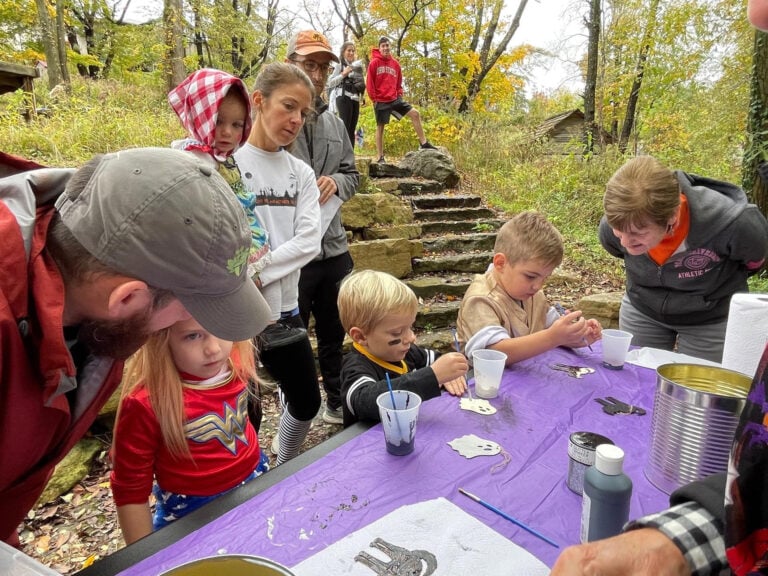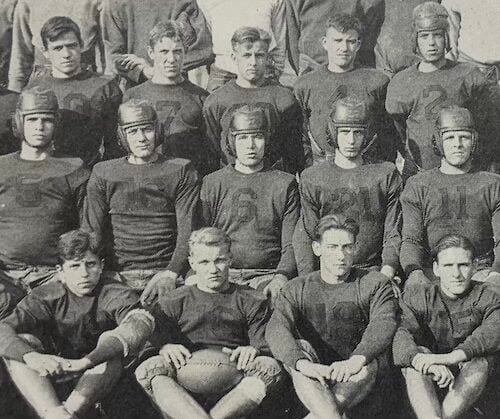By Howard Whiteman
Murray State University
Last weekend I slept in as thunderstorms at 4 a.m. meant I was just going to get wet looking for turkeys. I finally dragged myself out of bed and drove to my hunting spot. I spooked some jakes (young male turkeys; not a great start to the day), set my decoys in the field, waited a bit, and started calling, my back to a tree on the edge of the field.
A hen flew down from her roost, apparently also sleeping in, which was comforting. A far-off gobble wasn’t promising but was at least the correct sex. Not long after, another gobble boomed from my right, much closer. I swung my body and gun around the base of the tree and set up for him. Suddenly I saw movement.

The movement was not in the field where I knew the gobbler was, but rather on the forest floor about 15 yards in front of me. It took me a second to realize what it was: large rounded shell with yellow markings, an outstretched neck with head held high, and red eyes on fire, searching for a female. The box turtle male was headed right for me with a head full of steam.
Even with a gobbler close by I could just not help myself. I slowly pulled my left glove off, grabbed my cell phone, and started recording a video of the turtle as he angled toward me.
When he was three feet away, he tripped over some branches and ended up on his back. I resisted the urge to help and watched as he quickly used his clawed feet to right himself. He continued his trip and stopped just short of my boot, then turned, perhaps thinking better about the situation, and headed back the way he came.
I never saw the gobbler, but I certainly called in a big box turtle that day. Perhaps my turkey calling abilities are a lot worse than I thought.
This time of year, male box turtles are searching for females, just like gobblers are looking for hens. The difference is that box turtles don’t call, so males have to range far and wide to find females by sight and movement. I doubt it was my calling that brought this big boy in, but a slight movement with my brown boot may have made him think it was a female. Worth a try, right?
Females, which have yellow or brown rather than red or orange eyes, are also moving this time of year. After mating, they are looking for good places to lay their eggs. You see a lot of turtles moving on warm, moist mornings, particularly after a rain. Last weekend was perfect in the region, and I had multiple friends and students posting pictures of box turtles they observed that same morning.
All that movement can lead to danger however. Although the one I saw had nothing to fear from me, another predator may have had other thoughts. To combat such predation, box turtles do what their name implies—they hide in their hinged shell, which creates a virtually impenetrable box that keeps most predators at bay.

The one type of mortality they have less control over is cars. Vehicular traffic is a huge issue for turtles and other reptiles. Amazingly, some folks actually aim for them, which is not only cruel but just nonsensical. How could anyone possibly find pleasure in running over a turtle?
I’d like to think that if most people realized how old such turtles are—usually living into their 20s or 30s, but sometimes as long as, get this, 100 years old—they might give them a break, as well as a brake. There is no reason to hit any turtle or other animal. Slow down, enjoy the sight of what might be a turtle that is older than you are, and let it pass in peace.
It’s also important to remember that all of our fellow species, including box turtles, were here before the first humans arrived, and it was humans that created all the roads that turtles now have to learn how to navigate. Think about that for a minute. Some of these box turtles might be old enough that some roads in the region weren’t even present when they began life, or if they were, the traffic was considerably lower. The least we can do now is to slow down when we see them. If we do, more of us may have the chance to call in a big male with our boot.
I didn’t get a bird on my hunt, but seeing the box turtle really made my day. If we all watch the roads this time of year, maybe one will make your day as well.
Dr. Howard Whiteman is the Commonwealth Endowed Chair of Environmental Studies and professor in the Department of Biological Sciences at Murray State University.

















